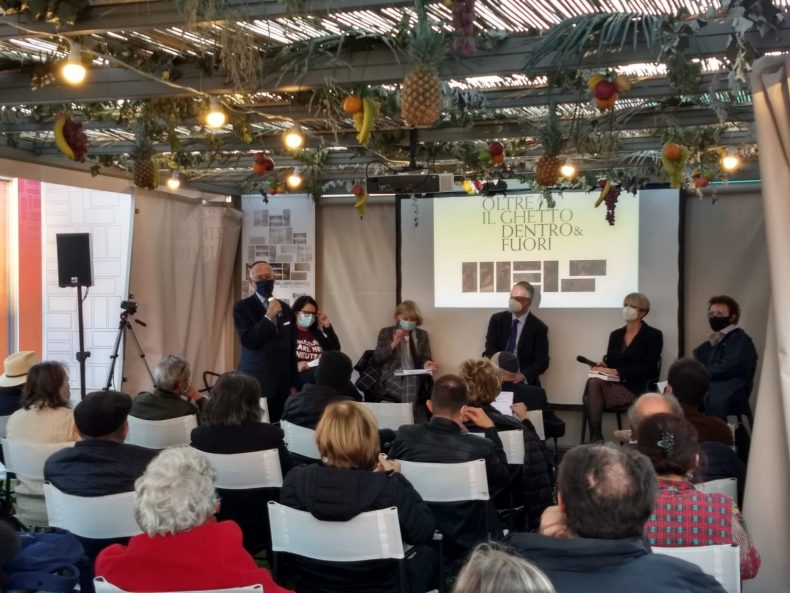Meis – The road to the Emancipation to be displayed in a major exhibition

Beginning with the establishment of the first ghetto in Venice in 1516, followed by that of Rome and other cities, the Jews had to measure themselves against this circumscribed and ambivalent place, which included them in the urban perimeter but at the same time isolated them.
For almost three centuries this was the space in which the Jews cultivated their identity, on the one hand preserving the characteristics of a millenary culture, while on the other drawing from the world that opened up beyond that border: the constant relationship between the inside and the outside of the ghetto walls marks the life of the Jews on the long road to emancipation.
This period will be reconstructed this spring in a major exhibition at MEIS, the National Museum of Italian Judaism and the Shoah in Ferrara. It is the third installment of the project undertaken by MEIS to tell the history of Italian Jews. “After the exhibition on the first century of Jewish life in Italy, and the one realized in 2019 on the Renaissance, we are to open an extraordinary fascinating exposition, which shows how Jews, initially restricted in the ghettos, achieved their independence, and then, feeling Italians as and more of the rest, and took part to Italian Risorgimento wars”, the president of MEIS Dario Disegni explained during the presentation of the exhibition catalog “Beyond the Ghettos. Inside & Outside” (Silvana Editoriale) on the occasion of the Jewish Book festival that took place last week.
Introduced by the director of the Uffizi Galleries Elke Schmidt and by the curators Andreina Contessa, Simonetta Della Seta, Carlotta Ferrara degli Uberti, and Sharon Reichel, the catalog avails itself of a very rich critical apparatus in dealing from multiple angles – historical, artistic, sociological – with a very contemporary problem: the concepts of resilience, integration, comparison between cultures, and the aspiration to being the same while remaining different.
The Uffizi Galleries are to lend two artworks to the exhibition: Interior of a Synagogue, by Alessandro Magnasco (1703), which represents a synagogue in a mystical, dark, and imaginative way, and Battle of Volturno, by Giovanni Fattori (1899), which depicts the Jewish participation to Risorgimento as Italians.
“This latter does not belong to a Florentine, Tuscan, or Jewish collection. It rather belongs to an Italian dimension. Jews were part of a united Italy, first as Italians, and then as Jews”, highlighted Schmidt. “This is why the upcoming exhibition is addressed to the general public, not only to a Jewish one. Also for this reason the release of the catalog before the opening is very welcomed, so that everybody can inform themselves and be prepared to approach the exposition”.
